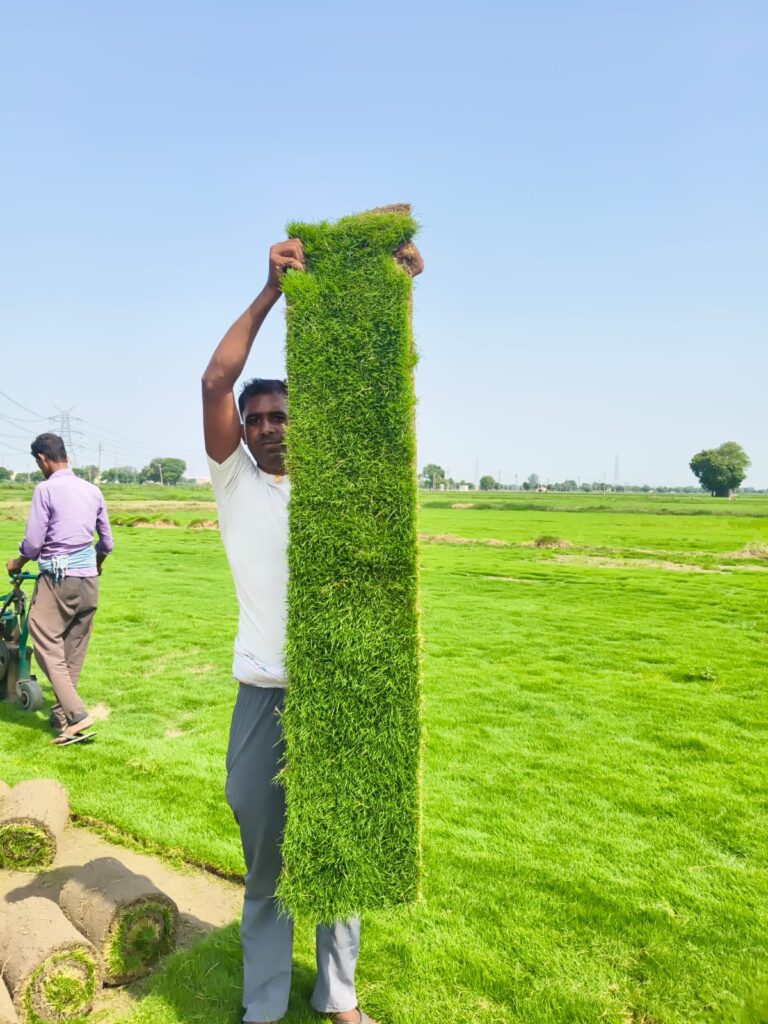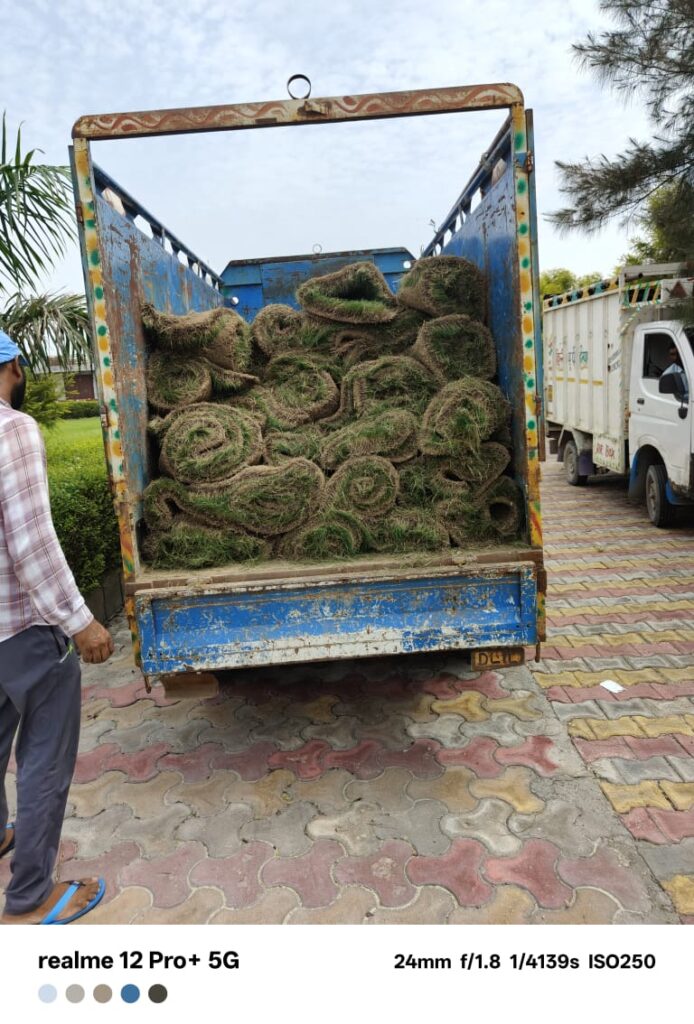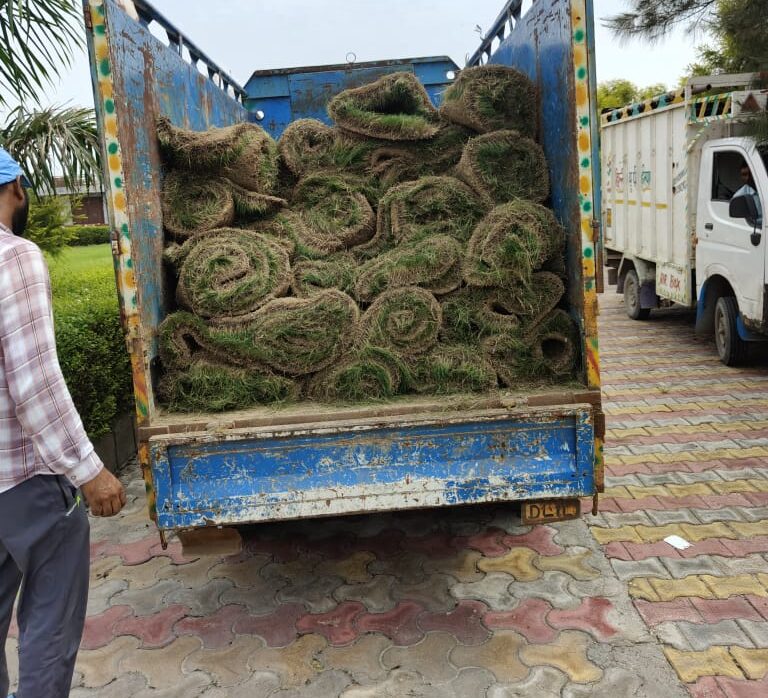Homeowners Guide to Choosing the Best Lawn Grass Type
A beautiful lawn doesn’t just happen—it’s the result of choosing the right grass for your climate, soil, and lifestyle. With so many options available, it’s easy to get lost in the details. This guide breaks everything down into clear, practical steps so you can pick the grass variety that will thrive in your yard, look fantastic all year, and fit your maintenance preferences.
Start with Your Lawn’s Unique Conditions
Every lawn is different, and knowing your site’s characteristics is the first step to success.
-
Sunlight – Count the daily hours of direct sunlight. Six or more hours means full sun; less than that is partial shade.
-
Soil Type – Sandy soils drain quickly but may need more watering. Clay soils hold water but can become compacted. Loamy soils are ideal.
-
Water Availability – If you rely on rainfall or have watering restrictions, choose drought-tolerant varieties.
-
Climate Zone – Some grasses love heat, others flourish in cooler weather. Pick accordingly.

Best Warm-Season Grass Varieties
If your area has hot summers and mild winters, these grasses perform well:
Bermuda Grass
-
Ideal for: Full sun and high-traffic lawns
-
Why choose it: Tough, fast-growing, and bounces back quickly from wear
-
Care tip: Needs frequent mowing and regular feeding
Doob Grass
-
Ideal for: Low-maintenance lawns, playgrounds, and public parks
-
Why choose it: Hardy, budget-friendly, and thrives with minimal water once established
-
Care tip: Mow occasionally to maintain a neat look
Mexican Grass (Zoysia Tenuifolia)
-
Ideal for: Decorative spaces and semi-shaded lawns
-
Why choose it: Slow-growing, soft underfoot, and low maintenance
-
Care tip: Allow time for it to establish—it’s worth the wait
Best Cool-Season Grass Varieties
Perfect for regions with cold winters and moderate summers:
Perennial Ryegrass
-
Ideal for: Quick green-up and temporary cover
-
Why choose it: Germinates fast, handles foot traffic well, and looks lush
-
Care tip: Keep it watered during active growth
Kentucky Bluegrass
-
Ideal for: Premium lawns with a luxurious feel
-
Why choose it: Beautiful deep-green color, self-repairing growth habit
-
Care tip: Needs well-drained soil and regular care
Hybrid Choices for Mixed Climates
If your area experiences both hot summers and cold winters, hybrid or blended mixes are your safest bet.
-
Tall Fescue – Handles heat and cold, deep roots for drought resistance
-
Bluegrass-Ryegrass Mix – Combines quick establishment with a dense, elegant finish
Questions to Ask Before You Decide
-
What’s the lawn for? Kids, pets, sports, or just for show?
-
How much maintenance can you handle? Some grasses grow slower and need less mowing.
-
What’s your watering schedule? Can you irrigate regularly, or will you rely on rainfall?
-
Is your soil ready? Healthy soil equals a healthy lawn—test and improve it before planting.

Seed vs Sod: Which is Better?
-
Seed: More affordable, but takes longer to fill in and needs consistent watering.
-
Sod: Instant results, fewer weeds, and perfect for homeowners who want a ready-to-use lawn.
If speed matters, sod rolls from a trusted supplier like Balaji Nursery will give you an instant, even, and healthy lawn.
If you’re planning to start your own lawn from scratch, here’s a practical step-by-step guide on how to grow natural lawn grass at home in India that covers soil preparation, planting, and early care.
Lawn Care by Season
Spring
Aerate, fertilize, and overseed where needed.
Summer
Water deeply and mow at the right height to prevent stress.
Autumn
Fertilize for winter strength and overseed to fill thin patches.
Winter
Reduce traffic, keep debris off the grass, and avoid mowing frozen turf.For a complete winter preparation plan, check our Step-by-Step Winter Lawn Guide.
Fixing Common Lawn Problems
-
Brown spots: Often caused by fungus or poor watering—treat with fungicide and improve drainage.
-
Patchy areas: Overseed and fertilize to encourage thick growth.
-
Weeds: Maintain a dense turf and use targeted weed control.
Final Word
The right grass choice pays off in beauty, comfort, and ease of care for years to come. Whether you’re drawn to the durability of Bermuda, the elegance of Zoysia, or the softness of Kentucky Bluegrass, remember—it all starts with understanding your yard’s conditions and matching them to the right variety. For a detailed guide on why Selection No.1 Grass is a top pick for Indian homeowners, read this article
Last Updated on 3 months ago by Anjali Mehra Ph.D. in Horticulture (Punjab Agricultural University)
- How to Keep Your Gurgaon Lawn Green During Winters - November 15, 2025
- Fast-Growing Grass Types for Farms and Villas in Punjab - November 13, 2025
- Bermuda Grass vs Selection No.1 Grass — Gurgaon Buyers’ Guide - November 10, 2025
